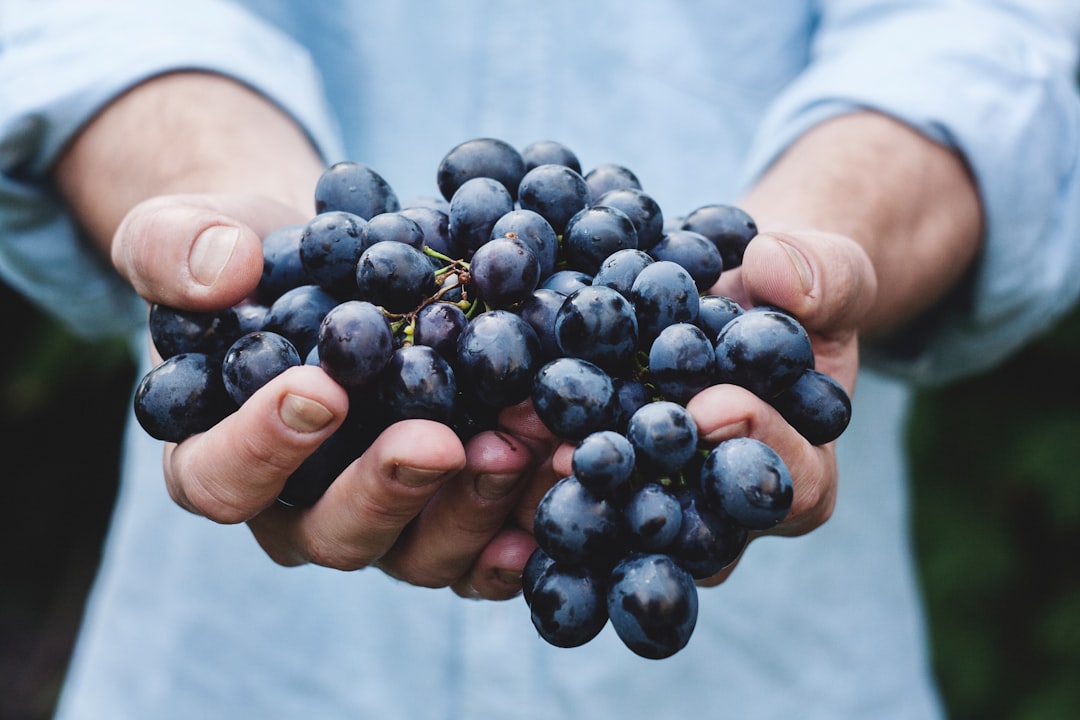From the verdant courtyards of Shiraz to the whispering reeds by the Tigris, Persian poets have long turned to nature as both setting and symbol. Gardens, birds, and the passing seasons become more than mere backdrop—they are living mirrors of the soul’s joys, longings, and transformations. In this post, we’ll explore how these three elements weave their way through classical Persian poetry, revealing layers of meaning that range from the earthly to the divine.
1. The Garden: Paradisal Space and Inner Sanctuary
A. The Garden as Edenic Ideal
In Persian verse, the bāgh (garden) evokes the idealized paradise of blossoms, fountains, and cool shade. Unlike a wild landscape, the cultivated garden represents harmony between humanity and nature—orderly yet lush, a glimpse of heaven on earth.
-
Hafez often invokes the rose garden as a place of both sensory delight and spiritual awakening:
“Enter the garden where roses bow in prayer;
There every breath becomes a hymn to Love.” -
Saadi, in the Golestan, likens the soul to a garden that must be tended—weeded of pride and watered by compassion—to yield its sweetest fruits.
B. The Garden as Inner Realm
Beyond physical beauty, the garden symbolizes the poet’s own heart. Water channels become the streams of remembrance; pavilions the mind’s quiet chambers. To wander its paths is to wander one’s own inner landscape.
-
In Rumi’s poetry, the garden often stands for the heart’s receptivity: only a polished, well–tended heart can reflect the Beloved, just as a still pool reflects the moon.
2. Birds: Messengers of the Soul
A. Birds as Spiritual Seekers
Feathered creatures populate Persian allegory. They embody both freedom of spirit and the restlessness of longing.
-
Attar’s Conference of the Birds casts an entire avian choir on pilgrimage. Each species—nightingale, hoopoe, parrot—represents a facet of human temperament, learning through its own frailties how to ascend toward the Simorgh (the divine Self).
B. The Nightingale and the Rose
Perhaps the most iconic duo in Persian poetry, the nightingale (bulbul) and the rose (gul), dramatize the dance of love and beauty:
-
The nightingale’s midnight song is an ode to the rose’s fragrance, yet its singing also tears at its own heart. This paradox—ecstatic devotion entwined with pain—captures the Sufi ideal of love as both joyous and crucifying.
“The nightingale, drunk on your scent,
Sings its own undoing in praise of your petals.”
C. Birds as Emblems of Transcendence
Flying creatures signify the soul’s aspiration to rise above worldly bonds. When Rumi likens the reed‑flute’s lament to the soul’s exile, he reminds us that, like birds, we are meant to soar beyond the confines of ego.
3. Seasons: Cycles of Longing and Renewal
A. Spring: Resurrection of Hope
Nowruz, the Persian New Year at spring’s dawn, epitomizes rebirth. Poets celebrate this season as a time when the world itself awakens, reflecting the inner thaw of a heart renewed.
-
Saadi writes:
“With spring’s first breeze, even stones feel love’s stir—
For every bud declares the promise of return.”
B. Summer’s Radiance and Trials
The lush fullness of summer, with its ripened fruits and sultry days, embodies both abundance and the trials of passion. The heat can wilt the unwary—as unchecked desire can wither the heart.
-
Hafez uses summer imagery to warn against excess, urging moderation even amid life’s sweetest pleasures.
C. Autumn: Melancholy and Detachment
As leaves turn gold and fall, autumn becomes the season of parting and reflection. Poets liken fallen leaves to departed loved ones or lost opportunities.
-
In Rumi’s verses, autumnal decay often signals the need to let go of the ephemeral, making way for the inner garden’s continued growth.
D. Winter: Stillness and Inner Fire
Winter’s barrenness paradoxically stokes the fires of longing. When the outer world sleeps, the soul’s inner flame—hope, faith, compassion—burns brightest.
-
Attar observes that in winter’s silence, seekers hear the inner voice most clearly, guiding them toward spiritual spring.
4. Interweaving Motifs: A Unified Vision
When gardens, birds, and seasons dance together in a single poem, they create a microcosm of the poet’s worldview:
-
A nightingale sings in a spring garden, its song echoing the soul’s awakening.
-
A winter’s still pool in the garden reflects the flightless bird’s yearning for return.
-
Autumn winds scatter rose petals across the garden floor, reminding both bird and gardener of life’s transience—and of the hope that follows every loss.
Through such rich tapestry, Persian poets invite readers to see nature as a mirror—external beauty pointing to inner states, natural cycles mirroring the rhythms of love, loss, and renewal.
Conclusion
In the hands of masters like Rumi, Hafez, Saadi, and Attar, the garden, the bird, and the season transcend their literal forms. They become vessels of spiritual insight, ethical reflection, and poetic wonder. As you read their verses—or wander your own garden, watch the birds overhead, feel the turn of the seasons—remember that you, too, are part of this timeless dialogue between nature and the human heart.





